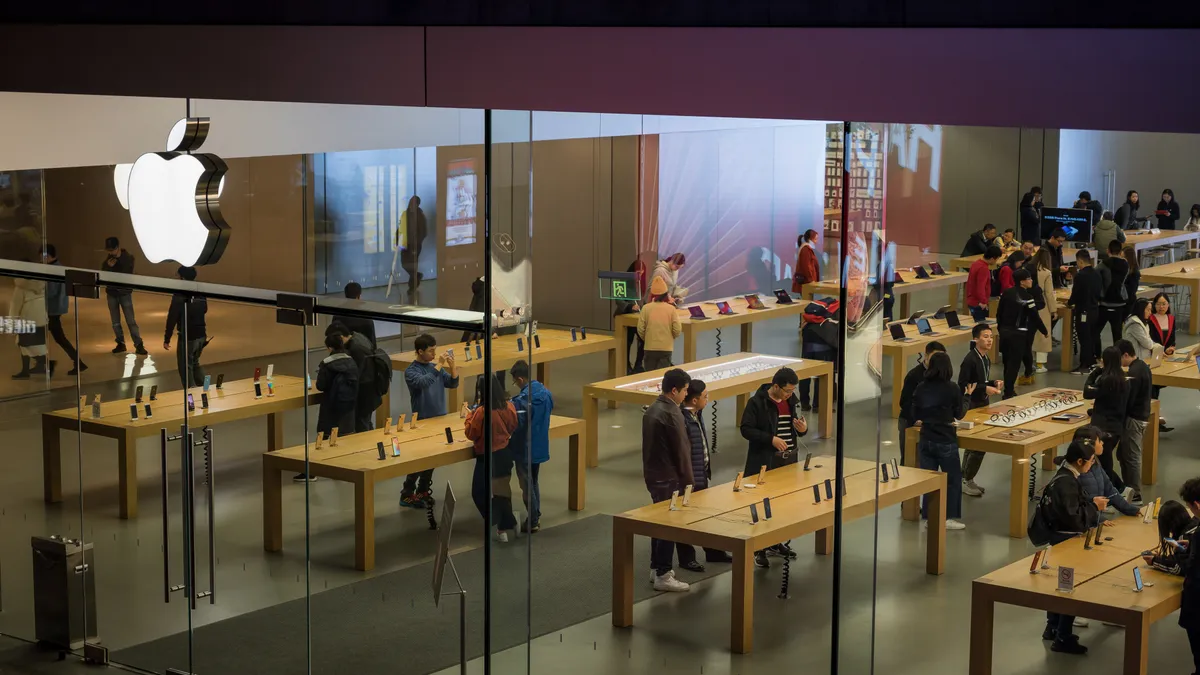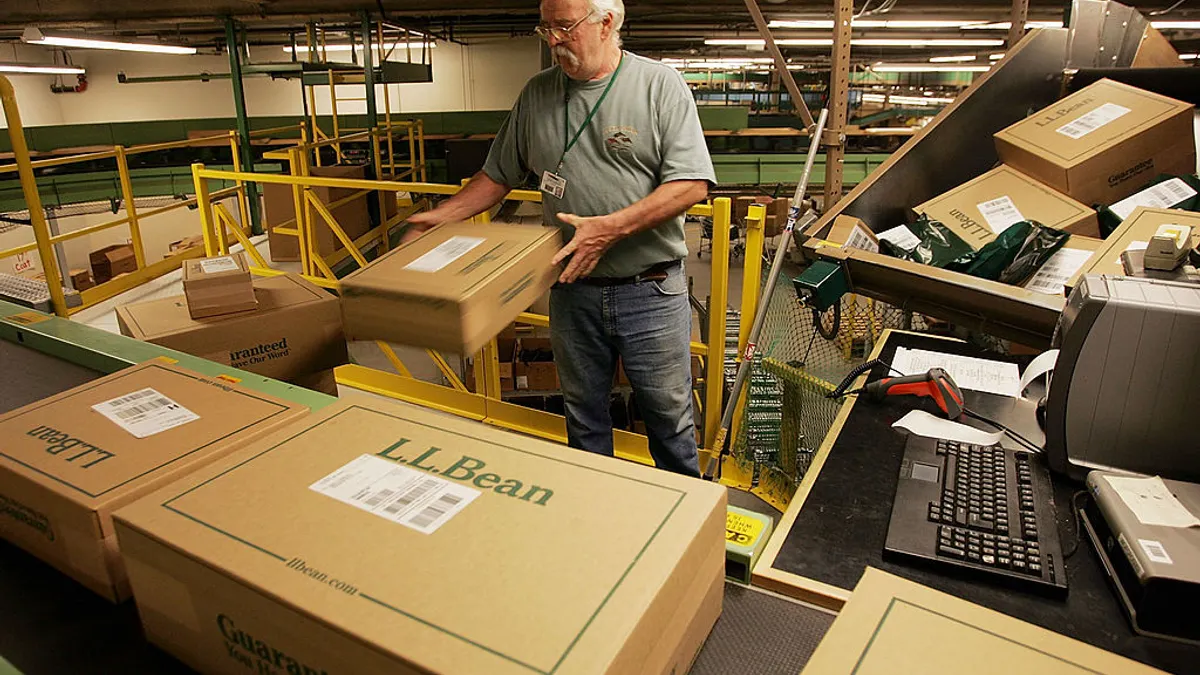In recent weeks, Apple has made headlines with talk that the company may move more of its production out of China, as first reported by The Wall Street Journal.
The news followed months of reports that the tech giant was getting skittish about housing so much of its production in China, where its stringent zero-COVID policy has created years of supply chain disruptions.
In September, Apple announced to several media outlets it would produce the iPhone 14 in India. The phones are being made at supplier Foxconn's facility in the city of Chennai.
CEO Tim Cook took another step forward last month, announcing that Apple would buy U.S.-made chips from Taiwan Semiconductor Manufacturing Company's new Arizona factory.
"And now, thanks to the hard work of so many people, these chips can be proudly stamped 'made in America,'" Cook said at an event in Arizona alongside President Joe Biden. "This is an incredibly significant moment. It's a chance for the United States to usher in a new era of advanced manufacturing."
While the spate of recent announcements underscores Apple's desire to diversify its manufacturing and sourcing supply chains, such plans have been building for far longer, said Rosemary Coates, executive director of the Reshoring Institute.
"Apple has been talking about bringing some manufacturing back since the Obama administration. They brought back some of the high-end manufacturing here, but none of the mass production manufacturing," Coates said. "So now, they're looking at moving to other locations that have the potential for this mass manufacturing profile, like India potentially."
Coates, who has specialized in working with companies with operations in China, said such talk has been growing among her clients. The uptick particularly began during the Trump administration, when companies suffered as a result of the U.S.-China trade war, followed by the pandemic.
"I would say not just Apple, but 95% of the clients I work with, are rethinking their global manufacturing strategy," she said. "These geopolitics around the world are an important component of what's going on, and I think Apple certainly recognizes that. Their strategy over time, and the same is true for many companies, is rethinking strategies and trying to determine if they can continue to manufacture in China."
Companies look to revise their China manufacturing strategies
Recent surveys of American companies with operations in China highlight this issue. In its 2022 business climate survey, the American Chamber of Commerce in Shanghai found that a third of companies have redirected planned China investments to other destinations in the past year, with 80% of respondents saying the zero-Covid policy had impacted their supply chains.
More companies are considering a "China + 1" or "China + 2" strategy when it comes to their contracted manufacturing operations, Coates said. Such strategies keep some manufacturing in China, while also establishing production, often with the same suppliers, in places like Vietnam, India, or Mexico, where political risks and labor costs are lower.
The reality of moving such a large manufacturing and supply chain ecosystem out of China is likely to prove difficult and expensive, Mark Zetter, management consultant with Venture Outsource, said in an email. Companies will need to weigh whether other locations can provide adequate labor forces in terms of talent and size, as well as whether they have adequate infrastructure. This includes the right freight and shipping lines, inbound transport and roads and government incentives.
“Apple, along with all of these other companies, plus many more, have spent billions of dollars and decades investing and improving China’s sophisticated manufacturing supply chain ecosystem,” Zetter said in an email. “Moving Apple’s manufacturing supply chain won’t come easy and it won’t be quick.”
On whether or not the U.S. will be the country to benefit from the shift in global manufacturing, Coates said it could come down to cost and if companies can find ways to keep labor and operational budgets efficient.
"When you have a profile that needs a lot of workers, then look for low-cost labor situation. But if you can automate, then it becomes a different economic comparison, and those are the jobs that come back to the U.S.," she said. "What we want to come back are the more sophisticated jobs, the people that run the robots.”
No other single country can provide the same scale and sophistication as China, Zetter noted, but as a region, Southeast Asia is promising. Vietnam in particular stands out, he added.
“Vietnam has made progress in creating a destination attracting both FDI and global manufacturing supply chain operations in the face of challenging economic and policy protections elsewhere,” Zetter said.
Despite such obstacles, Apple’s recent news is likely to spur greater re-strategizing among others in the tech manufacturing industry, especially among those who were already feeling pain from factory closures and other pandemic disruptions.
"Apple is a market leader. There's no question that in high-tech, companies look to Apple," Coates said. "As a whole, reshoring is happening, it's building momentum. It was kind of a trickle for a while, but there's no question now."






















